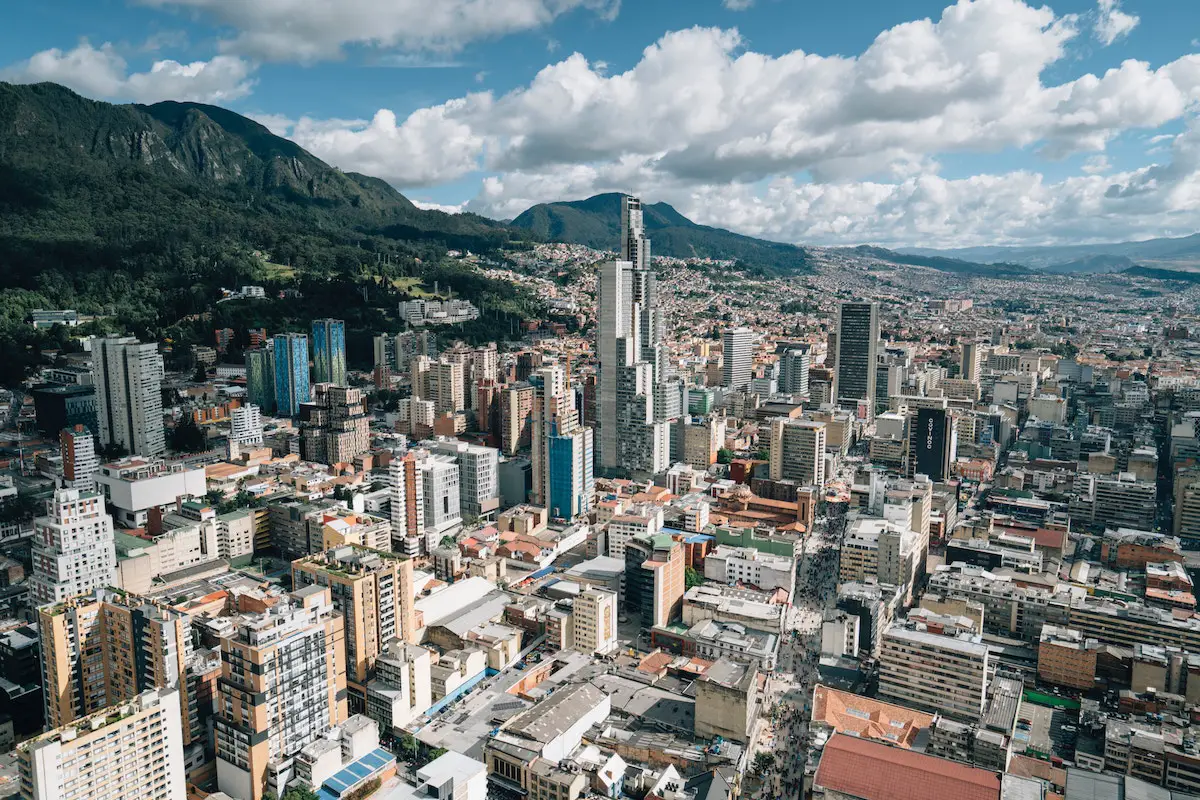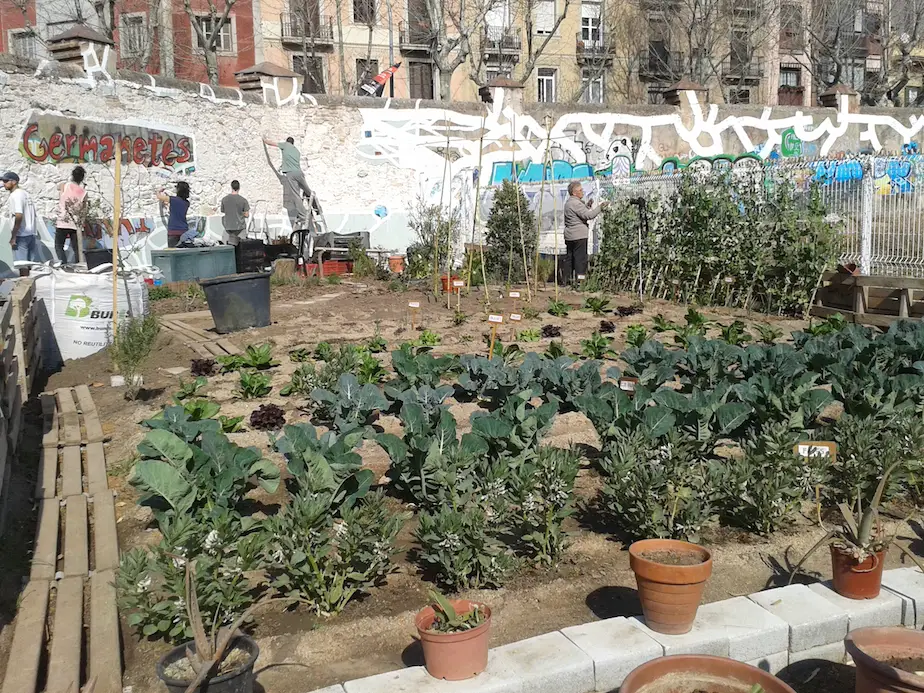Buy Nothing New: Could This Sustainable Lifestyle Experiment Transform Cities?
Two weeks ago I accidentally left my black North Face fleece in my seat at the end of a Qantas flight. I’d rolled it up and used it as a cushion and in the rush to leave the plane – or rather the stampede of time poor people around me – I left said garment in said seat. Totally my fault and normally I’d be ok about it. But, right now I’m not, because this year things are different. This year I’m undertaking a lifestyle choice and experiment. I’ve been calling myself a revolutionary because I’m buying nothing new (or second hand) for a whole year.
I tried it last year and lasted until the end of April. Last year I saw buying nothing as a hardship filled with doom and gloom. Like a year of punishment. This year I’m seeing ‘a year without shopping’ as an awesome opportunity. I’ve even created some ‘rules’:
- Yes, I’m ‘allowed’ to buy food and essential toiletries
- I’m not buying any new or second-hand clothes, shoes, books, itunes, magazines, home wares or any general ‘stuff’
And so now you see the poignancy of the black fleece. In years gone by I’d have bought a new fleece, because that’s what people do. We shop for what we ‘want’ and think we ’need’.
About me and stuff, I’ve learned this:
- I’m using up what I already have. I used to travel a lot. I discovered 20 5g tubes of high brand toothpaste lurking in the back of the bathroom cupboard, so I’m using them up now, not saving them for ‘later’. Psychotherapist Stelios Kiosses, who works with extreme hoarders, says there’s a little bit of hoarder in all of us and even I questioned my sanity when I counted 84 bars of hotel soap.
- I’m making better of use of my existing assets. I’m no Imelda Marcos but like most western women, if I’m honest, I only wear 50% of the clothes that I own. So I got ‘them’ all out – the entire contents of my wardrobe that is – I looked, pondered, sorted, re-arranged and put it all back and now I’m wearing them all this year. And the things I really don’t like. Well, I’m taking part in Clothes Swapping Party with my friends
- I like sharing. A book “Who stole my mojo” I had wanted to read for ages turned up on the share shelf at my block of flat. I read it, I gave it back and now I’m swapping and sharing the books I already own with neighbours, friends and colleagues. Like Rachel Botsman says “we don’t need to own a drill we just want a hole in the wall”.
- I’ve got more time. Most of all I’ve learned that lots of people spend a lot of time managing their stuff and it seems they’re desperate to share their pain. My friend Julie told me how she spent all weekend moving the stuff she doesn’t use around her garage. My bestie Sarah in the UK emailed with tales of finally clearing out ‘under the stairs’ whilst my colleague Jodie tells me it’s her family’s lifelong ambition to ‘downsize their junk’.
- And, if I succeed – and I’m determined I will – I’m writing a book and creating a 6 week program for others to follow my dream
So can my buying nothing new for a year really transform cities? I believe it can.
Imagine a world where we really ‘sweat our existing assets’. Imagine if rail station and city centre commuter car parks were rented out at weekends for festivals, concerts and community events. Imagine if school bus buses were used for tourism transport in the school holidays and if pub or church car parks were used as the start/meet point for the ‘walking to school bus’ each morning.
Picture a city where we use what we already have. Picture office block and factory roofs transformed into urban gardens, suburban grass verges changed into kitchen gardens and unused play parks converted into urban allotments. Visualise a share shed and ‘community car’ at the end of every suburban street and as part of every new inner city high-rise residential development. Envisage a world where we own less and do more – where we have time to play in the park and to chat on the street. Envisage a world where cities are made of people and not of heaps of unwanted and unused ‘stuff’.
Rachel Smith is a Principal Transport Planner at AECOM in Brisbane, an author and blogger. She builds and helps implement programs to improve road safety and reduce car use.
Photo: Clemens Vogalsang


